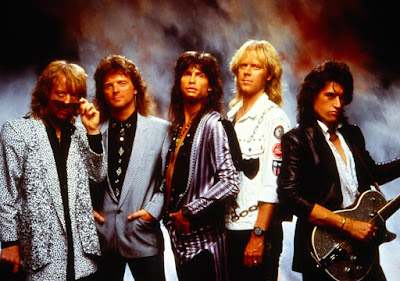The Republic of Poland (Rzeczpospolita Polska) is a
country in Central Europe and is a unitary state divided into 16 administrative
subdivisions which capital and largest city is Warsaw located in the center of
the country. Poland is one of the largest countries in Central Europe, bordering
Russia, Lithuania, Belarus, Ukraine, Slovakia, the Czech Republic and Germany.
Its official language is Polish but there are regional divisions that have
other languages which are: Kashubian, Belarusian, Lithuanian and German. Poland
is a peaceful country and a democracy with a president as a head of the state
who is Bronisław Komorowski.
Map of the country:
Important
natural places
The number of Poland Lakes and Rivers are one of the highest in the world and
they are shattered all over the country but the lakes or the closed water
bodies are mainly concentrated in the Lakelands of Masurian and Pomeranian Lake District.
There are almost 10,000 Lakes in Poland and they cover
an area of 2.5 acres each which the largest are Lake Sniardwy, Lake Mamry in
Masuria, Lake Lebsko and Lake Drawsko in Pomerania. Poland is also gifted with
a large number of mountain Lakes and Morskie Oko is the most dominant in the
area. Lake Hancza has the greatest depth of all the Lakes in Poland and located
in the Wigry Lake District. Lakes in Poland are an integral part of their
history and culture. It was on the Island of Lakes the Polish ancestors built
their first fortress.
This is a map that shows the connection of the lakes
and rivers in the northeastern of Poland.
Mountains
There are also several mountain ranges in Poland,
located mainly in the Southern part of the country. They are, from West to
East, the Sudeten (Sudety), Beskidy, Tatras (Tatry), Gorce, Pienins (Pieniny),
and the Bieszczady Mountains. North of Beskidy Mountains is the Gory
Swietokrzyskie range. Most of these mountain ranges don't rise to more than 1,700 m above sea level.
The Tatra Mountains are the only exception, with their highest peak being Rysy,
rising to 2,499 m
above sea level.
The highest peaks of particular mountain groups are:
·
Sudeten Mountains - Sniezka (1,602 m)
·
Beskidy Mountains - Babia Gora (1,723 m)
·
Tatra Mountains - Rysy (2,499 m)
·
Gorce - Turbacz (1,310 m)
·
Pienins - Wysokie Skalki (1,050 m)
·
Bieszczady - Tarnica (1,346 m)
·
Swietokrzyskie Hills - Lysica (612 m)
Weather
It is incredibly strange how weather can be highly
unpredictable and varied in Poland. The summertime can be really hot, though
usually temperatures are around 20-25 °C and the best time to take a holiday
here is August, which is generally sunny and very warm with some hot days.
Winters can be really cold, with the chance of snow from November till March. During
the autumn and spring the weather is often changeable – you are likely to enjoy
moderately warm temperatures from April to June and from September to October,
but it is also possible to see snow in April or people wearing short-sleeves in
October. Anyway, many people consider the spring and autumn to be the most
beautiful seasons to visit Poland.
Society
The people that live in Poland aren’t really different
in aspects or nationalities but there are ethnic groups of people who come from
the neighbor countries.
The figures say that 94% of people living there are
Polish, 0.9% is Silesian, 0.08% is Belarusian, 0.07% is german, other 0.07% is
Ukrainian and the last 0.04% is Kashubian. There’s a rest of 7.2% that are from
other nationality.
Religion
In Poland religion often means “Catholicism”. About
90% of Poles are Roman Catholics, although this number may be overestimated as
the statistics often include people who were baptized Catholic, even if they
later abandoned the Church but they make the most significant religious group
and Catholicism is a subject studied at school even though it’s not obligatory.
Of course there are other religions like Christian, Orthodox
Christians, Armenians, Old-Believers, Evangelical Reformed, Evangelical
Augsburg, Evangelical Methodist, Seventh-Day Adventists, Pentecostals, and
Jehovah’s Witnesses.
Music
Artists from Poland, including famous composers like
Chopin or Penderecki and traditional, regionalized folk musicians, created a
diverse music scene and even they have their own music genre such as poezja
śpiewana and disco polo. Traditional Polish folk music has had a major effect
on the works of many well-known Polish composers, and no more so than on
Fryderyk Chopin, a widely recognized national hero of the arts whose works
involve the piano and are technically demanding, emphasizing nuance and
expressive depth. As a great composer, Chopin invented the musical form known
as the instrumental ballade and made major innovations to the piano sonata, mazurka,
waltz, nocturne, polonaise, étude, impromptu and prélude, he was also the composer
of a number of polonaises. The link shows a famous Chopin’s Sonata: https://www.youtube.com/watch?v=0MOAmODp_O8
Julieta, 16







